Table of Contents
There were approximately 20,000 Native Americans who served in the Union and Confederate armies during the Civil War. While most served as private soldiers, some did become commissioned officers.
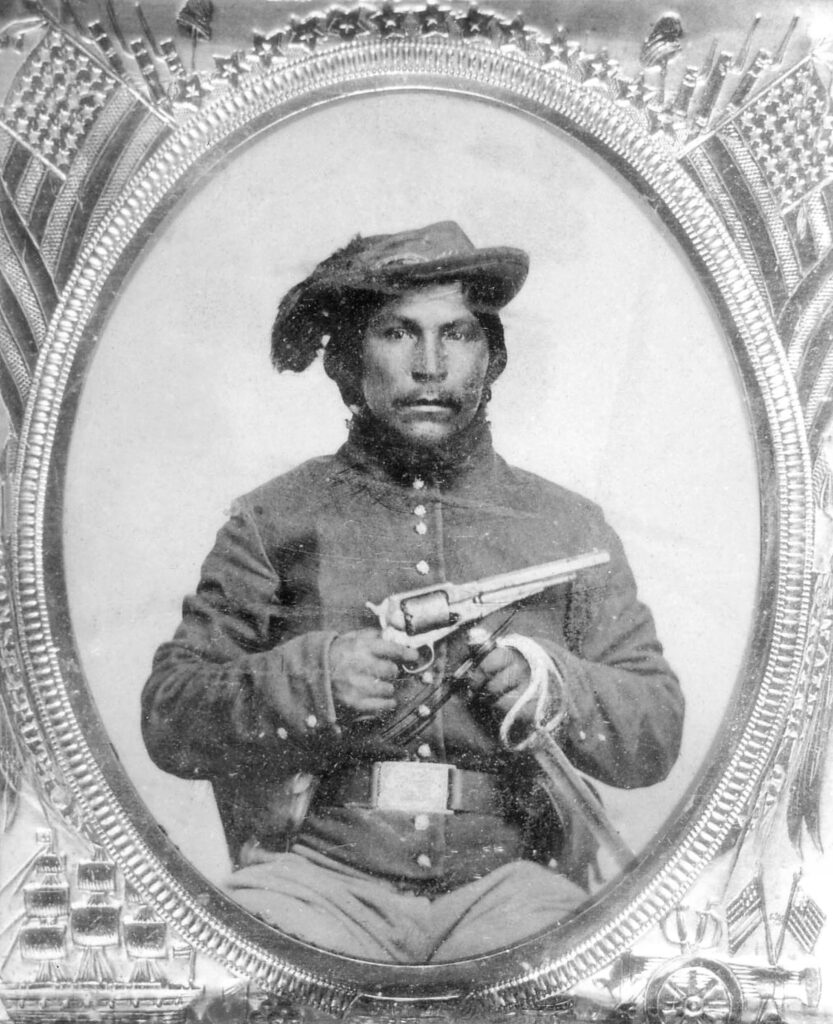
(Image Courtesy of Wilson’s Creek National Battlefield; WICR 30114).
In 1861, Native Americans were dealing with forced removal from their tribal homelands. When the Civil War began, many saw it as a “white man’s war.” In general, the Native American tribal nations that were on the outskirts of the organized states did not really want to become involved in issues that did not directly affect their lives. However, some tribal leaders saw military service as a way to end discrimination and relocation from ancestral lands. By joining either the Union or Confederate army, Native Americans hoped that their future prospects would be better, and their treatment would improve.
Neutrality was not an option for the Native American nations that were located in strategic locations. Recently settled areas west of the Mississippi River, such as the Indian Territory (what is now modern-day Oklahoma), would be unwillingly brought into the Civil War.
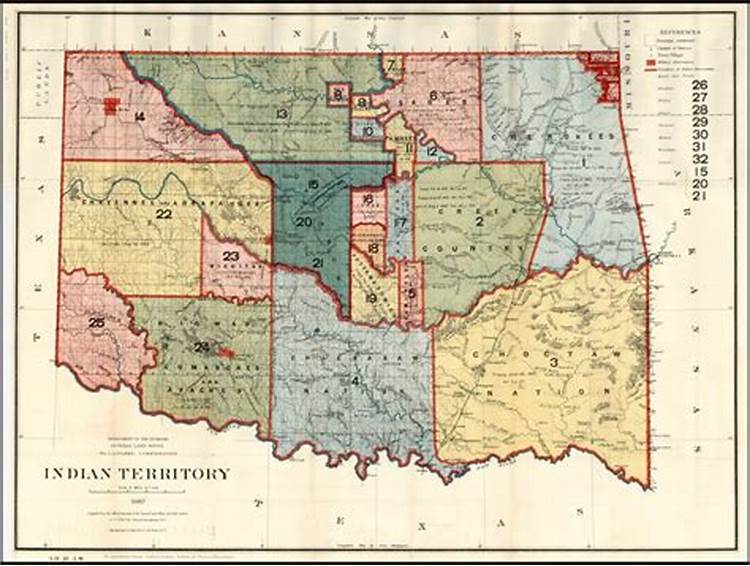
The Chickasaw, Cherokee, Choctaw, Creek, and Seminole tribes who lived in the Indian Territory had been forced from their homelands in the southeastern United States in the 1830’s, following the infamous “Trail of Tears.” Geographically, the Indian Territory was directly between Union and Confederate land.
The Cherokee Nation had been experiencing its own civil war in 1861. One side was led by Chief John Ross and the other by a renegade named Stand Watie. Ross was inclined to stay neutral but realized that the Cherokee were in a difficult position. Union troops had left Indian Territory at the beginning of the war and all the other Native American nations had sided with the Confederacy. Spurred by the Confederate victories at First Bull Run (Manassas) and Wilson’s Creek, the Cherokee Nation decided to come in on their side and avoid Confederate occupation of their territory.
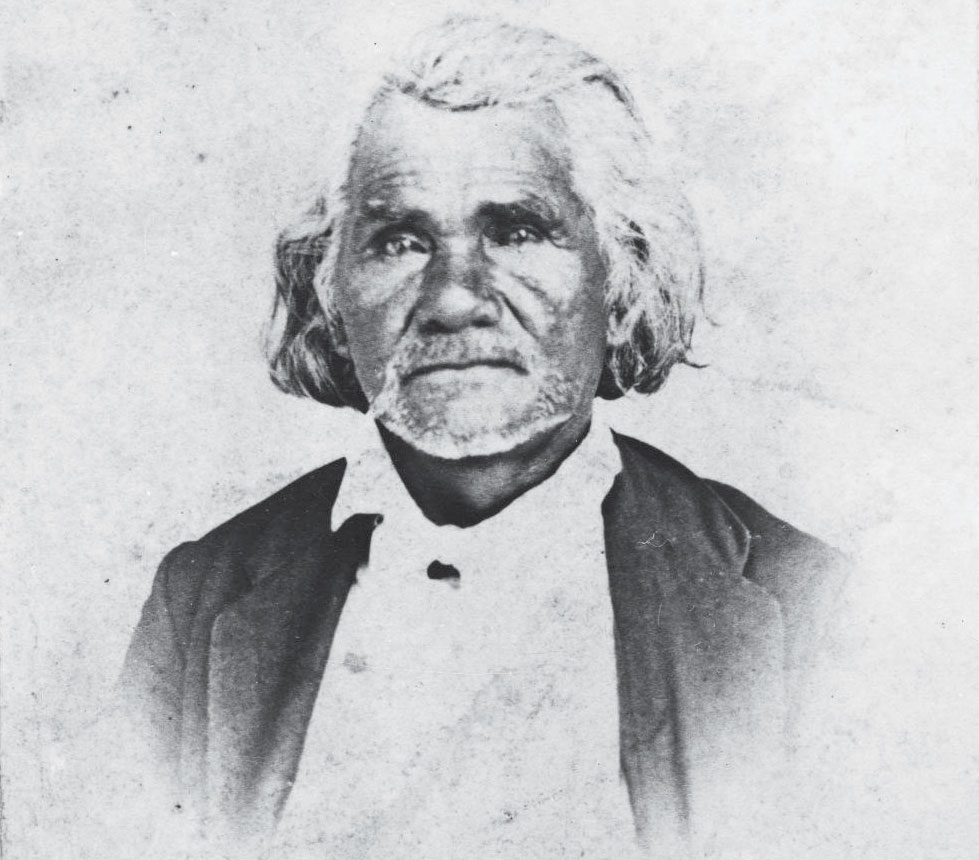
Stand Watie received a commission as a colonel in the Confederate Army and was assigned command of a battalion made up of Cherokee. In return, the Cherokee were guaranteed protection, food rations, livestock, tools, and other goods, as well as a delegate to the Confederate Congress at Richmond, Virginia. The Cherokee were also obliged to raise ten companies of mounted soldiers and allow the construction of military posts and roads within their territory. As a result of this agreement, the 2nd Cherokee Mounted Rifles was formed and participated in the battle of Pea Ridge, Arkansas on March 7-8, 1862, but after the battle they defected to Union forces in Kansas, joining the Indian Home Guard.
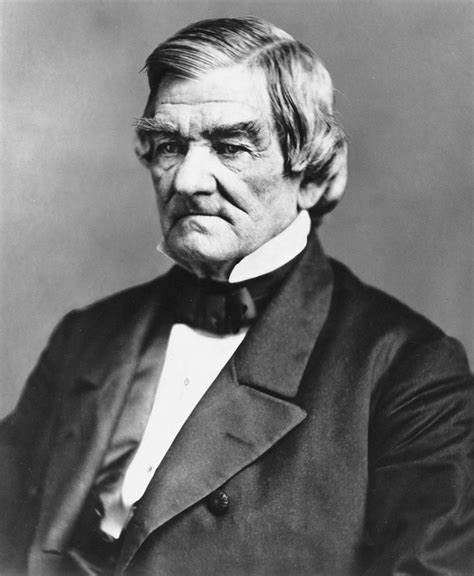
In the summer of 1862, John Ross was captured by Union troops. He was paroled and spent the rest of the war in Washington D.C. and Philadelphia, promoting Cherokee loyalty to the Union.
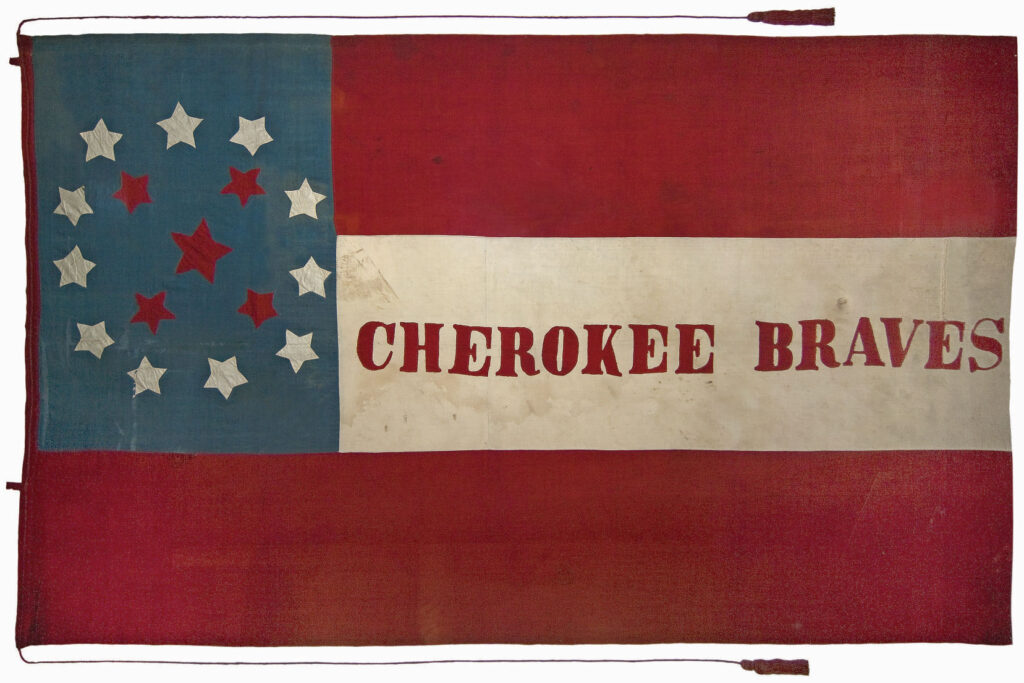
With John Ross now gone over to the Union, Stand Watie was chosen as the principal chief of the Cherokee Nation, and immediately drafted all Cherokee males aged 18-50 into the Confederate Army. Watie was a daring cavalry officer who was considered a genius in guerilla warfare. He was promoted to brigadier general in May 1864 and placed in command of the Indian Cavalry Brigade—composed of Cherokees, Creeks, Osage, and Seminoles. Watie was the last Confederate commander to surrender at the end of the Civil War in 1865.
In the east, the Pamunkey tribe of Virginia and the Lumbee tribe of North Carolina joined the Union. The Pamunkey served as civilian and naval pilots for Union gunboats and transports, while the Lumbee became guerilla fighters. Further north, the Iroquois Nation formed Company K of the 5th Pennsylvania Volunteer Infantry, and the Powhatan tribe served as land guides, river pilots, and spies.

The most famous Native American unit in the Union Army was Company K, 1st Michigan Sharpshooters, made up of Ottawa, Delaware, Huron Oneida, Potawami, and Ojibwa tribal members. They participated in the battles of the Wilderness and Spotsylvania. The last battle they fought was the famous Battle of the Crater on July 30, 1864, where they found themselves surrounded and low on ammunition. A lieutenant of the 13th U.S.C.T. described their actions as:
Splendid work. Some of them were mortally wounded, and drawing their blouses over their faces, they chanted a death song and died—four of them in a group.

It is fitting to conclude this account of Native American soldiers in the Civil War with the story of Gen. Ely S. Parker, a member of the Seneca tribe and part of Gen. Ulysses S. Grant’s official staff. It was Parker who drew up the articles of surrender at Appomattox, which Gen. Robert E. Lee signed on April 9, 1865. Parker was a trained lawyer who had originally been rejected for army service because of his race. At Appomattox, Lee is said to have remarked to Parker: “I am glad to see one real American here,” to which Parker replied, “We are all Americans.”
About the Author
Tracey McIntire earned her BA in English at Rivier College in Nashua, NH. She is the Lead Educator at the National Museum of Civil War Medicine, and an interpretive volunteer at Antietam National Battlefield. She is also an active Civil War living historian, where she portrays a woman soldier in various guises.
Sources
Warrior Spirit: Native American Experience During the Civil War, presentation by Meg Gaulding, National Museum of Civil War Medicine, August 25, 2016
Shier, Quita V., Warriors in Mr. Lincoln’s Army: Native American Soldiers Who Fought in the Civil War, iUniverse Books, 2017


